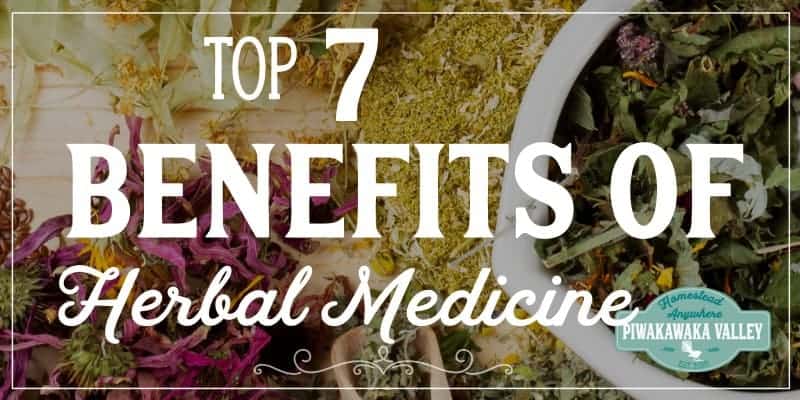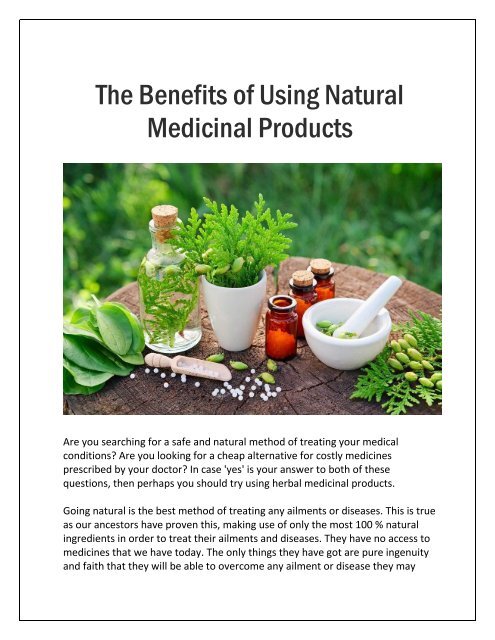The 2-Minute Rule for Herbalife
The 2-Minute Rule for Herbalife
Blog Article
Excitement About Herbalife
Table of ContentsSome Known Facts About Herbalife.7 Easy Facts About Herbalife ShownNot known Factual Statements About Herbalife The Greatest Guide To Herbalife

The complete commercial value of the ethnobotanicals market can not be ignored. In 1995, the complete turn over of nonprescription-bound herbal medicines in drug stores was equivalent to almost 30% of the complete turn over of nonprescription-bound medicines in Germany, and in the United States, the yearly retail sales of organic products was estimated to be US$ 5 - herbal life.1 billion.
A Biased View of Herbalife
In China, the complete worth of herbal medicine made in 1995 reached 17.6 billion Chinese yuan (roughly US$ 2.5 billion; Eisenberg et al. 1998; WHO 2001). This pattern has actually proceeded, and yearly profits in Western Europe reached US$ 5 billion in 2003-2004 (De Smet 2005). In China, sales of organic products completed US$ 14 billion in 2005, and profits from natural medicines in Brazil was US$ 160 million in 2007 (World Wellness Company; http://www.who.int/topics/traditional_medicine/en/). In China, in 2003, conventional organic medicines played a prominent role in the strategy to have and treat serious intense respiratory syndrome (SARS), and in Africa, a traditional herbal medicine, the Africa blossom, has been utilized for years to treat squandering signs and symptoms connected with HIV (De Smet 2005; Tilburt and Kaptchuk 2008).
Herbs and plants can be processed and can be absorbed different ways and forms, and they include the entire herb, teas, syrup, necessary oils, lotions, salves, rubs, pills, and tablets which contain a ground or powdered kind of a raw herb or its dried out extract. Plants and herbs remove vary in the solvent utilized for extraction, temperature, and extraction time, and consist of alcoholic removes (tinctures), vinegars (acetic acid extracts), hot water remove (tisanes), long-lasting steamed extract, typically roots or bark (products), and cold infusion of plants (macerates).

About 200 years ago, the very first pharmacologically active pure substance, morphine, was created from opium drawn out from seeds shucks of the poppy Papaver somniferum. This exploration showed that medicines from plants can be cleansed and carried out in precise does despite the resource or age of the material (Rousseaux and Schachter 2003; Hartmann 2007).
The Buzz on Herbalife
With this ongoing fad, products from plants and all-natural sources (such as fungi and marine microbes) or analogs motivated by them have actually contributed considerably to the business drug prep work today. Examples include antibiotics (e.g., penicillin, erythromycin); the heart energizer digoxin from foxglove (Digitalis purpurea); salicylic acid, a precursor of aspirin, acquired from willow bark (Salix spp.); reserpine, an antipsychotic and antihypertensive drug from Rauwolfia spp.; and antimalarials such as quinine from Cinchona bark and lipid-lowering representatives (e.g., lovastatin) from a fungus (Rishton 2008; Schmidt et al.
Likewise, more than 60% of cancer cells rehabs on the market or in screening are based on all-natural items. Of 177 drugs approved globally for therapy of cancer cells, more than 70% are based upon natural products or mimetics, most of which are boosted with combinatorial chemistry. Cancer therapeutics from plants include paclitaxel, separated from the Pacific yew tree; camptothecin, acquired from the Chinese "happy tree" Camptotheca acuminata and utilized to prepare irinotecan and topotecan; and combretastatin, originated from the South African bush willow my sources (Brower 2008.
In between 2005 and 2007, 13 medications acquired from all-natural items were approved in the United States., last access: November 5, 2010).
The Only Guide for Herbalife
In the United States, the National Center for Corresponding and Natural Medicine at the National Institutes of Health spent roughly US$ 33 million on organic medications in the 2005; in 2004, the National Canadian Institute committed virtually US$ 89 million for examining a variety of typical treatments. While this scale of investment is low compared to the overall research and development costs of the pharmaceutical market, it however mirrors genuine public, industry, and governmental interest in this area (Li and Vederas 2009). With tremendous growth in the interest in and usage of typical medications worldwide, 2 primary locations of concern occur that bring significant difficulties.

Report this page